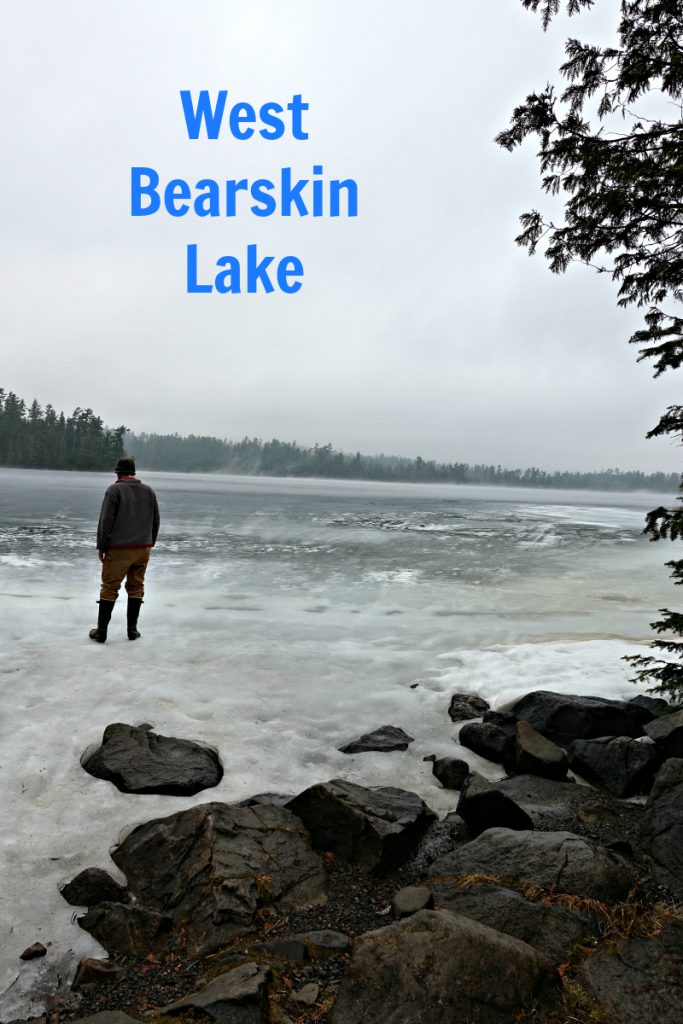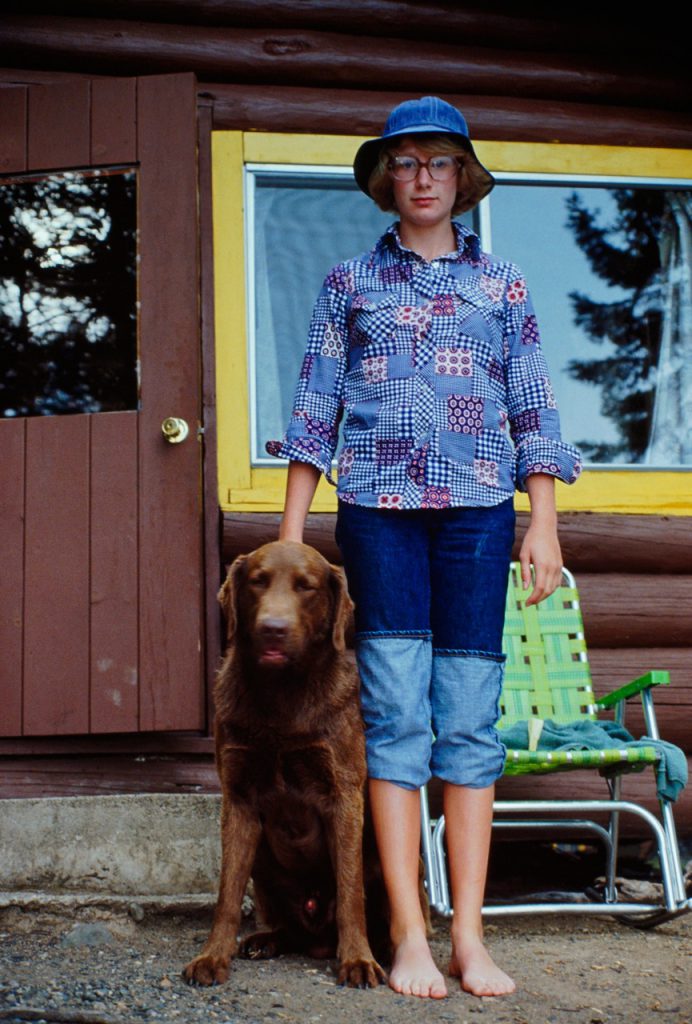
For many canoe trip enthusiasts in the Boundary Waters and Quetico, portages are a necessary evil. Nothing slows down your paddling momentum faster than pulling into a canoe trip landing and having to completely unload your canoe. Even the shortest BWCA portage can be challenging and I fear for many campers, portages are something to be endured rather than enjoyed.
There’s really no “wrong” way to portage, although Andy and I would both encourage you to limit the amount of loose items in the bottom of the canoe to expedite the unloading process and lessen the risk of losing something. And obviously, you should practice canoe country courtesy at portages: keep your gear to the side of the portage landing, never completely block the portage path, and quickly vacate the portage landing so that other camping parties can land and start portaging themselves.
What Andy and I don’t agree on is how many times you should go over a portage. Andy and his buddy Andrew are firmly in the single portage camp. When we did the Granite River canoe route last spring, my friend Kati and I discovered that we greatly prefer to double portage.

The driving factor for Andy and Andrew to single portage is that it allows them to cover a great distance quite quickly and gets them deeper into the wilderness faster. It allows them to cover as more miles in one day than many people cover over their entire canoe trip and it gets them into remote areas of the Quetico that many people never see.
If you have the luxury of owning the lightweight gear needed to make single portaging possible, you can be over and out of portages in 1/3 of the time that it will take those who double portage. When you can clear a portage in 20 minutes as opposed to 1 hour, you suddenly have a lot more time to play with on any given day. Andy and Andrew like to use that extra time to fish. Single portaging can also get you into camp quicker, which gives you more time to get the campsite set up just the way you want and can also mean you have more time to make more complex (aka more tasty) camp meals such as calzones, shore lunch, or camp baking experiments.
Until our trip last spring, I always thought single portaging was the ultimate goal of canoe tripping – something to be striven for at any cost. But the truth is, I feel rushed and uncomfortable when I single portage and that in turn makes me feel like I’m missing out.

I don’t want to turn this into a gender divide, but physicality definitely plays into my preference to double portage. I’ve never been very successful at carrying a pack and a canoe simultaneously – it just doesn’t seem like my shoulder have enough real estate for both portage pads and Duluth pack straps. While Kati and I are both perfectly capable of carrying a 60 lb pack filled with all our camping gear, a heavy pack causes us to walk much slower and is more time consuming for us to load and unload at the portage landings. For us, carrying two 30 lb packs provides us with surer footing on the portage paths and eliminates that straining at the portage landings. While it might not actually be faster for us to double portage, we feel speedier because of the ease at which we can navigate each trip across the portage when we have a more comfortable amount of weight on our shoulders.
I like to think my preference for double portaging isn’t just a physical reaction, but reflective of my canoe trip philosophy. When you single portage, the goal is to get over the portage as quickly as possible so you can get on the water to get to the next portage to get over the portage as quickly as possible and so on, until it starts to feel like you’re wishing your canoe trip away. When you only see the portage path from beneath a burden, the things you notice are hazardous rocks, tree roots to avoid tripping over, and puddles of unknown depths.
But when you double portage, you get one lovely walk in the woods completely hands-free. This affords you time to notice tadpoles in those puddles, the wildflowers growing along the cedar tree roots, and dragonflies sunning themselves on the granite boulders. It’s a chance to simply be in the wilderness, to literally stop and smell the wild roses. For me, it’s one of the most enjoyable parts of a Boundary Waters trip.
What your preference? Are you team single portage or team double portage?








 I’ve always loved touring big houses and William Randolph Hearst’s Hearst Castle atop the coastal hills of San Simeon did not disappoint.
I’ve always loved touring big houses and William Randolph Hearst’s Hearst Castle atop the coastal hills of San Simeon did not disappoint. 

 By the time we reached Vegas for our return flight to MSP, we’d seen six national parks, visited 4 states, and traveled approximately 2000 miles. We made it back to Minnesota just in time to catch one final snowstorm of winter 2016-17 and prepare for the busy summer paddling season ahead.
By the time we reached Vegas for our return flight to MSP, we’d seen six national parks, visited 4 states, and traveled approximately 2000 miles. We made it back to Minnesota just in time to catch one final snowstorm of winter 2016-17 and prepare for the busy summer paddling season ahead. 



























